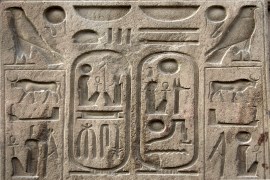Livre | Chapitre
"Photographing the footsteps of time"
space and time in Charles Babbage's calculating engines
pp. 417-427
Résumé
Computing machines are artefacts of human creativity. Historically such machines were the most complex artefacts of their time. It was not just a question of structural complexity—the intricate geometry of components and their spatial organisation—but time-dependent behavioural complexity. One arena in which time and space entwine is in design—whether time can be traded for space or vice versa. Another is that of representation—meeting the unprecedented demands of description and understanding that complex time-dependent systems present. System and representation are not always separable: the languages we use to represent things often become the terms in which we understand them. We explore here some of the issues of complexity, time-dependence and representation in the design of the earliest automatic computing machines.
Détails de la publication
Publié dans:
Wuppuluri Shyam, Ghirardi Giancarlo (2017) Space, time and the limits of human understanding. Dordrecht, Springer.
Pages: 417-427
DOI: 10.1007/978-3-319-44418-5_33
Citation complète:
Swade Doron, 2017, "Photographing the footsteps of time": space and time in Charles Babbage's calculating engines. In S. Wuppuluri & G. Ghirardi (eds.) Space, time and the limits of human understanding (417-427). Dordrecht, Springer.










